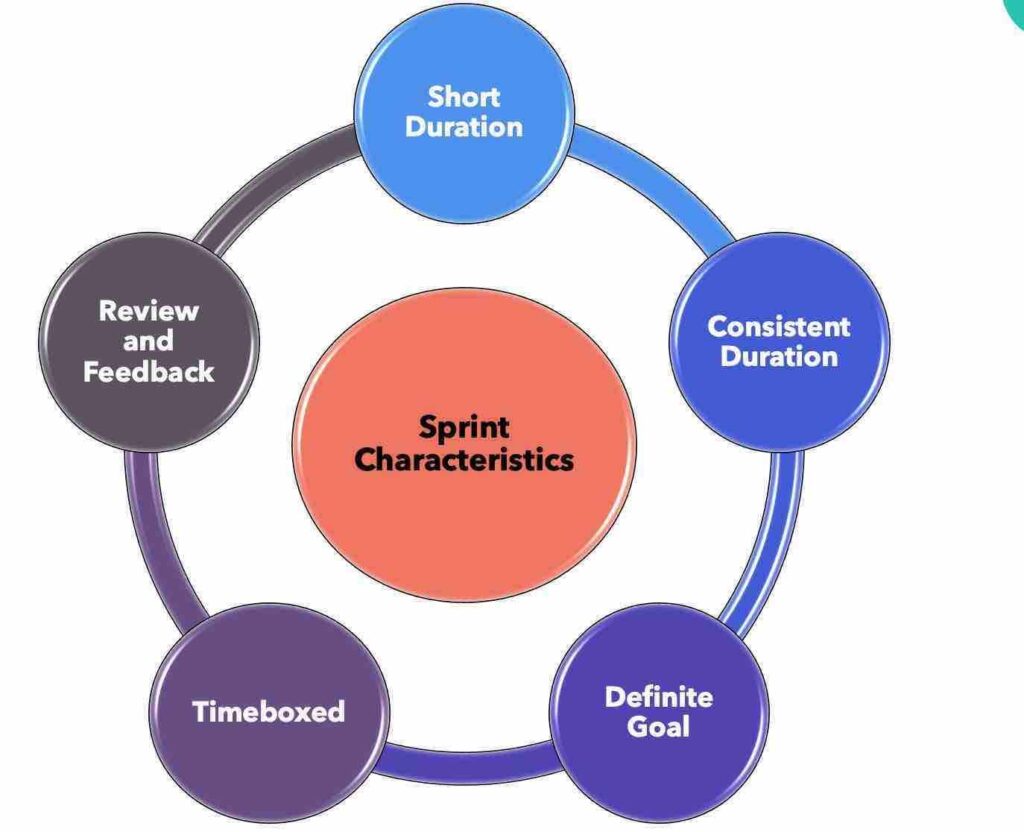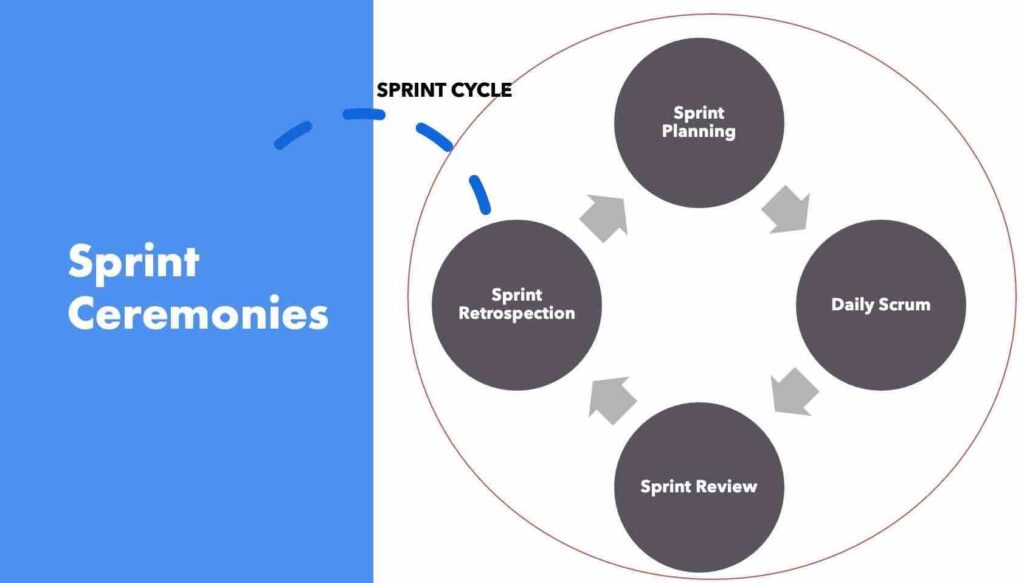Agile promotes work in iterations, and sprints are nothing but agile’s way of organizing the work into iterations or cycles of up to a month. Sprints are generally associated with the scrum framework. In this article, we will be discussing various characteristics of sprints and their benefits.
video tutorial on what is a sprint in agile
Table of Contents:
“Sprints form the outline of the scrum framework.”
Characteristics of sprint #
Sprints are Timeboxed
Sprints are timeboxed, which means that they will have a particular duration of time. There is a start and end date defined for each sprint. Timeboxing is a powerful time management technique that helps teams to prioritize and manage their work accordingly. Timeboxing also allows the team to work at an optimum pace.
Sprints are for a short duration
Sprints are for short durations. One reason for the same is that if humans need to wait for a more extended period for gratification, their interest diminishes. Sprints should be for only a few weeks and not months in duration as it becomes easier to plan and manage. Shorter time durations also ensure periodic and quick feedback and inspire the team to learn from the mistakes.

Sprints have a consistent duration
Along with short durations, sprints also ensure consistent duration for all the sprints. If the team decides on a two-week sprint, then all the sprints in the product’s development lifecycle should only be for two weeks. This rule should always be followed unless there is a solid reason to break it, like long holidays falling under the sprint or sprint end date impacting the delivery schedule.
There is a definite sprint goal
Each sprint defines a goal that states the business purpose and value of the sprint, which is called a sprint goal. The sprint goal, once decided, should not be changed as no alterations are entertained in sprint goals. Sprint goals induce mutual commitments in the team.
Review and Feedback
Review checks and a platform to provide helpful feedback are associated with every sprint cycle. This review should happen at the end of each sprint where team gets a chance to demonstrate their work done in the sprint.
Scrum ceremonies associated with sprint #
There are a couple of scrum ceremonies associated with a sprint in the scrum framework. Let us have a brief look into the same.

Sprint Planning:
Sprint planning prepares the team to plan what is just required for the sprint. Sprint planning provides an opportunity for the team to understand and decide the contents of the sprint and do a reasonable estimation on the sprint items at the same time.
Daily Scrum:
Once the sprint starts, the team meets daily for a minimum duration to discuss how things are going and if any impediments need to be resolved. These daily scrum meetings are also called standup meetings. The three questions for discussion in a daily scrum meeting are:
- What you did yesterday?
- What are you planning for today?
- Are there any impediments?
Sprint Review:
Sprint Review is a ceremony that happens at the end of each sprint. In this meeting, the team showcases the work they could complete as per the definition of done. The stakeholders provide their feedback for improvements, and the product owner approves the deliverables.
Sprint Retrospection:
Sprint retrospection is another powerful ceremony to accept the mistakes and learn from them. The three questions for discussion in a sprint retrospection are:
- What went well?
- What didn’t go so well?
- What should we improve?
Advantages of using sprint in agile #
- Sprint forces prioritization of work.
- Sprint demonstrates the team’s iterative progress, which adds interest in them through gratification on accomplished work.
- Sprint provides a platform for continuous feedback and validation of the deliverables.
- Sprints avoid gold plating and unnecessary perfectionism.
- The team understands what they can complete in a sprint, which improves the predictability of what they will accomplish shortly.
- The team learns to work at an optimal pace, which saves the team from days of boredom and overload days.
- The team understands the importance of mutual commitment, which is beneficial for the business and growth.
We hope this article helped you to get an understanding of sprints in agile. Good Luck !!!.